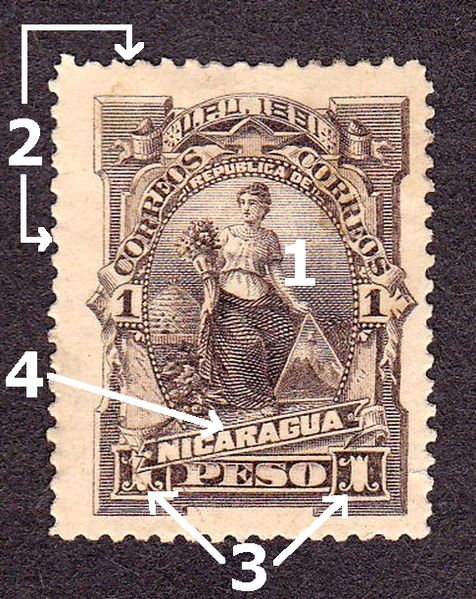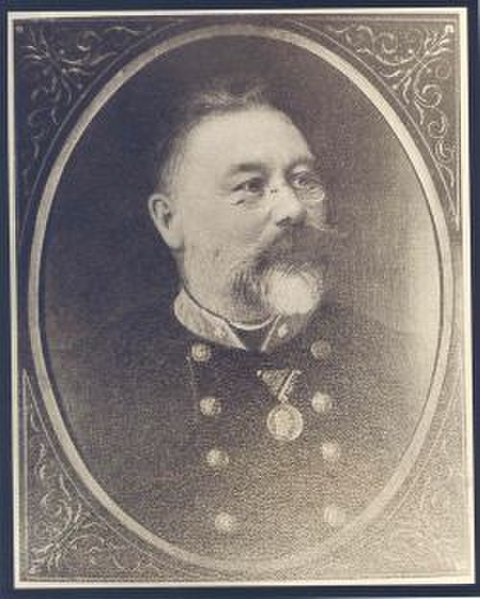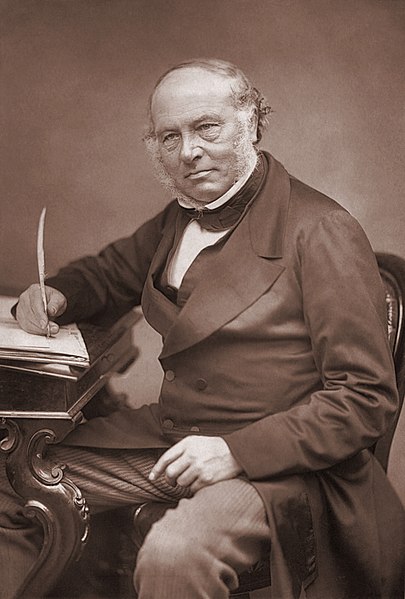A definitive stamp is a postage stamp that is part of the regular issue of a country's stamps, available for sale by the post office for an extended period of time and designed to serve the everyday postal needs of the country. The term is used in contrast to a "provisional stamp", one that is issued for a temporary period until regular stamps are available, or a "commemorative stamp", a stamp "issued to honor a person or mark a special event" available only for a limited time. Commonly, a definitive issue or series includes stamps in a range of denominations sufficient to cover current postal rates. An "issue" generally means a set that is put on sale all at the same time, while a "series" is spread out over several years, but the terms are not precise. Additional stamps in a series may be produced as needed by changes in postal rates; nevertheless some values may be permanently available, regardless of prevailing rates; examples include 1c or 1p and $1 or £1.

This UK definitive stamp showing King George VI of the United Kingdom was first issued in 1937.
Nathan Hale appeared on US postage stamps issued in 1925 and 1929. Hale's likeness is from a statue by Bela Lyon Pratt.
This Prominent Americans series stamp of the United States from 1968 features Oliver Wendell Holmes.
A postage stamp is a small piece of paper issued by a post office, postal administration, or other authorized vendors to customers who pay postage. Then the stamp is affixed to the face or address-side of any item of mail—an envelope or other postal cover —which they wish to send. The item is then processed by the postal system, where a postmark or cancellation mark—in modern usage indicating date and point of origin of mailing—is applied to the stamp and its left and right sides to prevent its reuse. Next the item is delivered to its addressee.
The main components of a stamp: 1. Image 2. Perforations 3. Denomination 4. Country name
Lovrenc Košir, 1870s
Rowland Hill
The Penny Black, the world's first postage stamp (1 May 1840)







